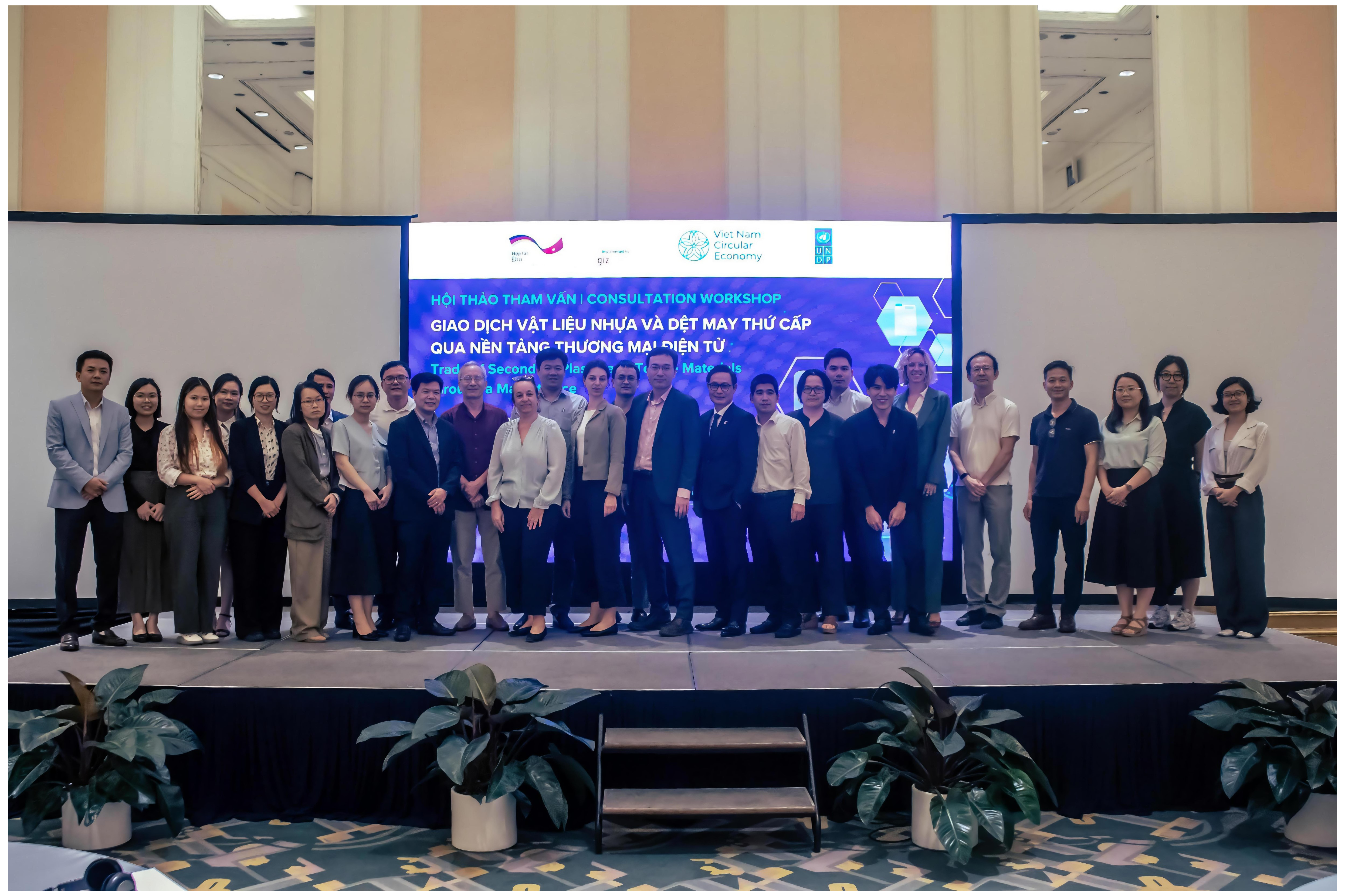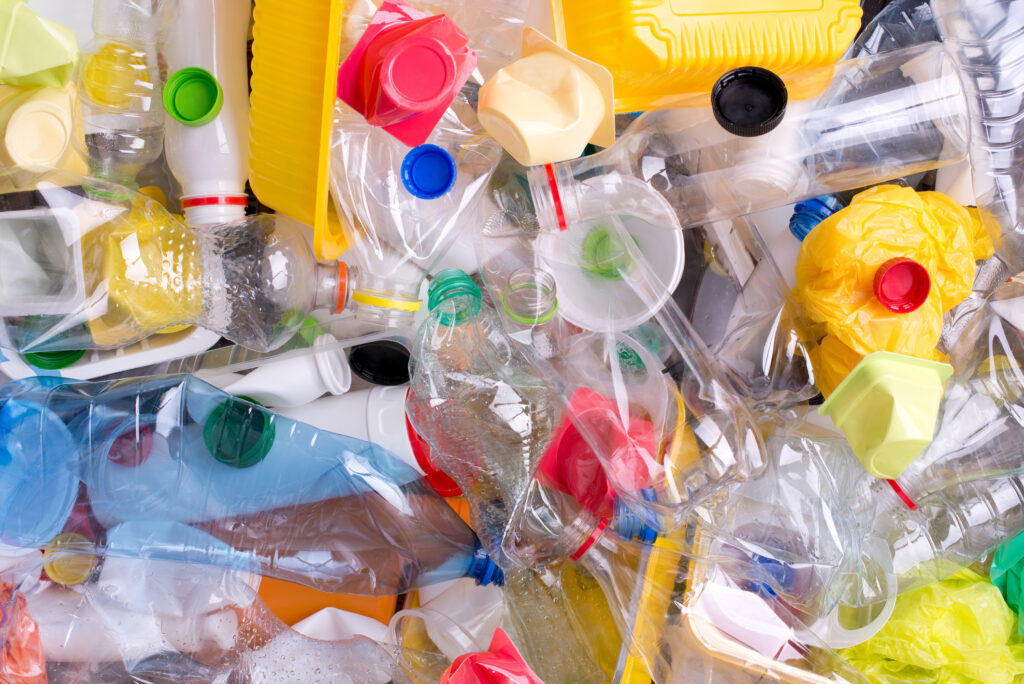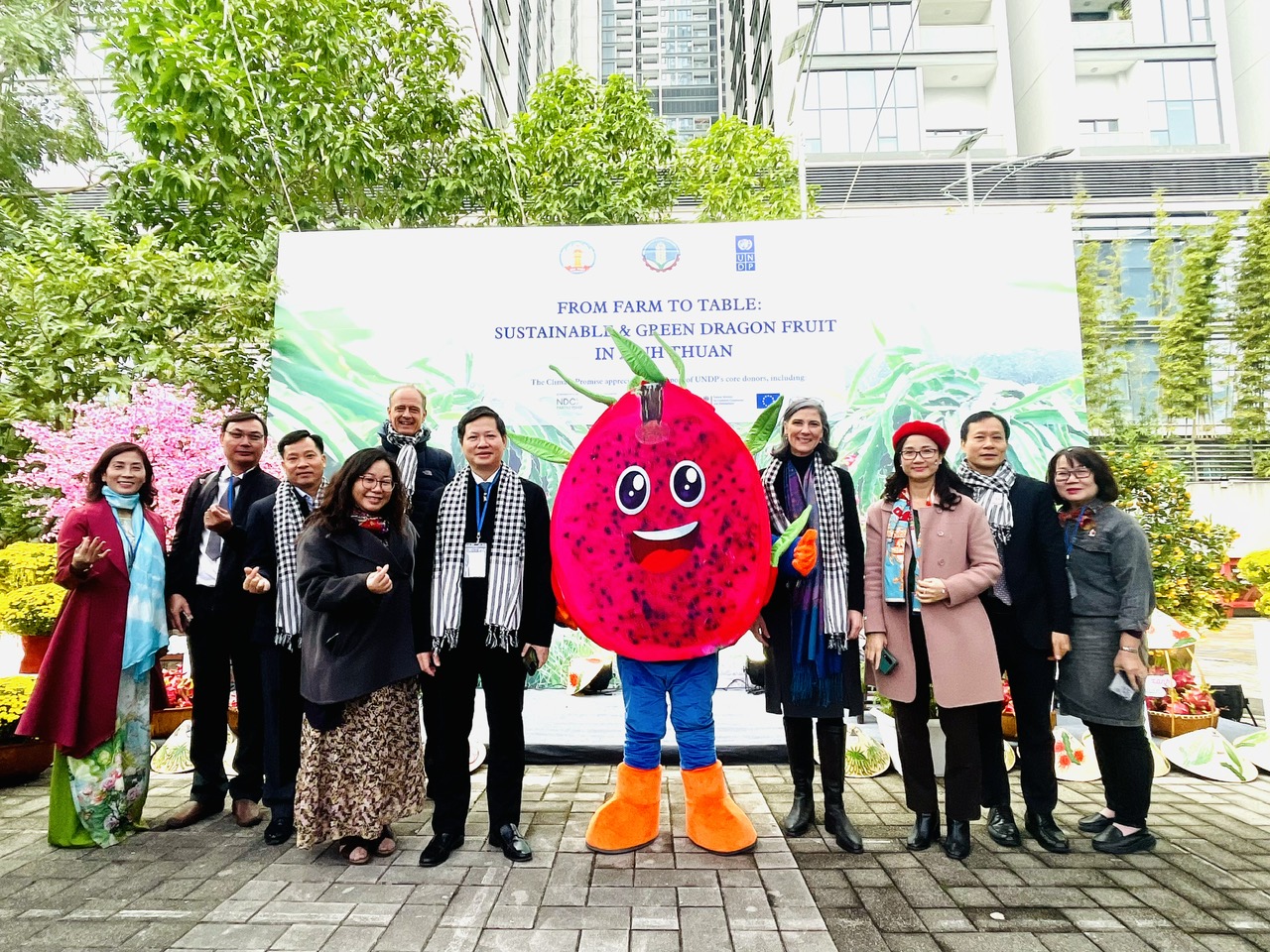The global economy is now only 7.2% circular; and it’s getting worse year on year—driven by rising material extraction and use. The global economy increasingly relies on materials from virgin sources. In the six years of the Circularity Gap Report, the global economy extracted and used more than in the entire 20th century—improving people’s living standards, but at the same time breaking through the safe environmental limits of the planet. The first edition of our Report in 2018 was the first ever to measure global circularity, finding it was 9.1%. It dropped to 8.6% in 2020 and has now fallen to 7.2%. Comparing these figures can be difficult,2 however, we can assert that circularity goes down as the general rate of global material extraction rises. This is coupled with the fact that more and more materials are going into stocks such as roads, homes, and durable goods, thus leaving fewer materials to cycle back into the economy. A circular economy focused on cycling alone cannot keep up with virgin material use rising to unprecedented heights—we cannot recycle our way out of this one.
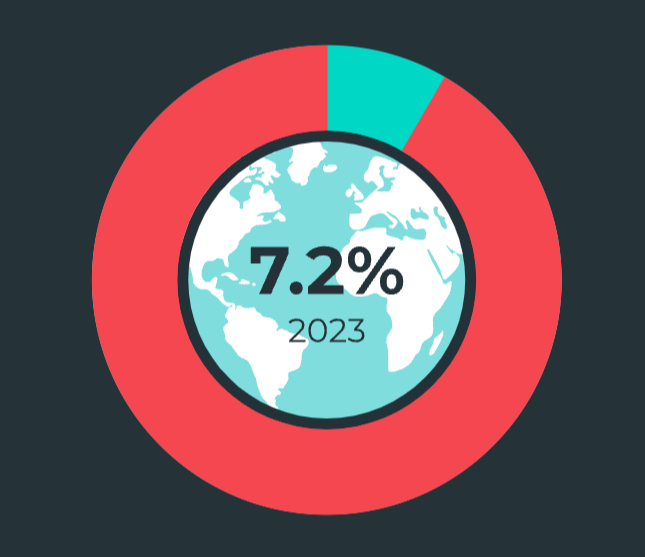
With a circular economy, we can fulfill people’s needs* with just 70% of the materials we currently use—within the safe limits of the planet. Our current economic model is smashing through the planet’s safe limits. Today, five of the nine key ‘planetary boundaries’ that measure environmental health across land, sea, and air have been broken—largely due to the impacts of the linear ‘take-make waste’ economy. It is, therefore, critical that we transform our relationship with materials to maximise benefits for people and to minimise the pressure on the planet’s life support systems. Essentially, this study finds that adopting a circular economy could not only reverse the overshoot of planetary boundaries, but it could slash the global need for material extraction by about one-third. This reduction is rooted in removing fossil fuels from the global equation—especially coal—and lowering demand for high-volume minerals, such as sand and gravel, largely for housing and infrastructure.
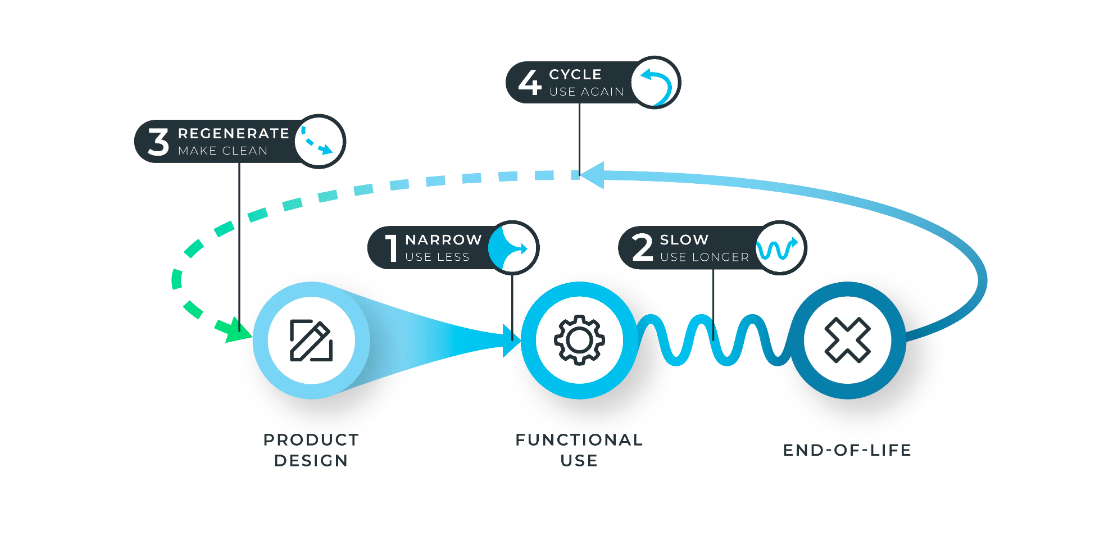
Use less, use longer, use again, and make clean. These four key circular economy principles underpin the solutions presented in this report, highlighting how there is much more to a circular economy than just recycling. The 16 circular solutions identified in this report centre on principles that can lead to a sharp decline in virgin material extraction (use less) and to use the materials that we do have better and for longer (use longer), as well as swapping out fossil fuels for renewable energy and toxic materials for regenerative ones (make clean). They also boost the use of secondary materials (use again). The circular economy as we present it aims to optimise how materials are used for the wellbeing of all. It focuses on circular materials management and minimising consumption towards sufficiency levels—where appropriate—to reduce environmental impact.
Circular solutions for only four global systems will address the lion’s share of environmental pressures. This report’s analysis considers the impact of circular materials management on air and water pollution, waste, natural degradation and loss, and more—basing our projections on the Planetary Boundaries framework. It finds that unleashing just 16 transformational circular solutions across four key systems—Food systems, the Built environment, Manufactured goods and consumables, and Mobility and transport—can reverse the current overshoot of five of the nine key planetary boundaries, thereby maintaining thriving ecosystems for water, land and air, and limiting the global temperature rise to within 2-degrees. Our analysis is unconstrained from political, economic and social dynamics: the findings, therefore, serve as an inspiration—providing us with a snapshot of what an alternative world could look like.
Each country has a different starting point and will progress at a different pace toward the shared global goal of reversing environmental overshoot while fulfilling people’s needs. Bringing these circular solutions to life requires an understanding of local, national and trading contexts. Transformational change does not look the same across the world: some countries need to radically reduce material extraction and use, while others need to stabilise or even grow it. This study considers these nuances. The world’s highest-income (Shift) countries deliver high standards of living, but consume the majority of the world’s materials and massively overshoot many planetary boundaries. These countries must focus on reducing overconsumption and lightening their impact on the environment. Middle-income (Grow) countries are rapidly industrialising and have a growing middle class—their material consumption has increased in tandem but some are now reaching saturation points. These countries should now focus on new ways to stabilise and optimise their material consumption to maximise societal wellbeing. Finally, Build countries house the majority of the world’s population but use less than a tenth of the materials of Shift countries. These countries should focus on the building up of infrastructure and the provision of wellbeing, even if this requires that they increase their material footprint.
The Circularity Gap Report 2023: Official launch event
To reverse the overshoot and achieve wellbeing within safe limits, purpose-driven collaboration between the public and private sectors is essential—only then can we scale the transition to a circular economy. Chapter five highlights the crucial role of public-private collaboration in achieving this bold vision for the future. Circular business models can deliver huge material savings, such as Mobility-as a-Service for material-intensive cars that sit unused for 95% of their lifetimes in the Shift countries. Policy can greatly magnify such business efforts and manage potential rebound effects by setting ambitious targets for active mobility in cities, and mandating Extended Producer Responsibility. Policy is also crucial to enable a just transition to a circular economy. There will certainly be several big shifts from linear to circular industries, and potentially rebound effects from increased material efficiency, but policy makers can uphold the importance of wellbeing for its citizens and workers. The shift from linear to circular industries will see a seismic shift from business-as-usual, leading to rebound effects resulting from increased material efficiency. This is why policy makers are essential changemakers in upholding the rights of citizens and workers in the transition. Policy, along with the entire economic system, needs to shed business as-usual: embracing long-term vision and interests over short-term rewards.
A circular economy offers solutions on how to reduce, regenerate and redistribute vital materials use, for both the planet and all its living beings. In order to achieve the bold ambitions of a circular economy as laid out in this report, we need a shared vision. The following three principles can help bring a shared focus to business leaders and policy makers:
• Reduce: from efficiency to sufficiency, resilience and adaptiveness. The economy is embedded in nature and nature has limits. We must, therefore, also place boundaries on material use and prioritise the transformation of material use into societal benefits. This means a circular economy must push for a cultural shift to prioritise immaterial ways to fulfil needs, and invest in health, wellbeing and education and decent jobs, rather than material accumulation—as does the predominant economic model in many parts of the world.
• Regenerate: from extraction to regeneration. About one-quarter of all materials consumed by the global economy every year come from regenerative sources. The regenerative capacity of the planet is a gift—so we must respect and support its capacity to regenerate, also for future generations. Many regenerative solutions already exist today that show that we can move from humanity being net-negative to net-positive on Earth’s life support system.
• Redistribute: from accumulation to distribution. There is currently enough wealth and materials in the world to provide a good quality of life to every single human being on this planet.3 The challenge is ensuring that we can distribute the access to materials to an increasingly expanding group of people, requiring redistribution, different lifestyles, better technologies and social innovations.4 By moving away from ownership and accumulation and towards models of access that distribute resources more equally, we can move towards a system that provides high standards of living to all.














